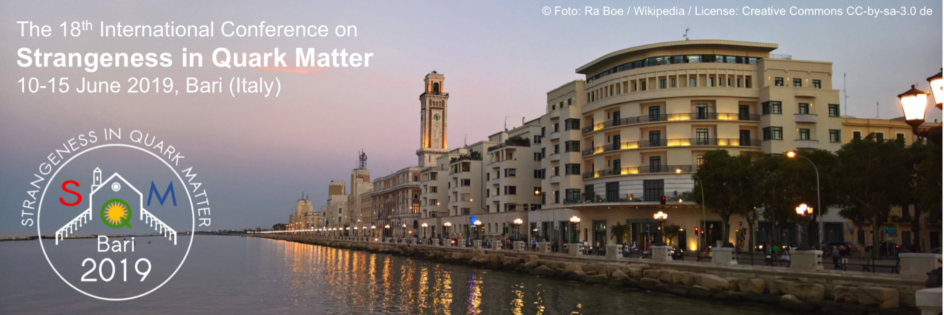Speaker
Description
Heavy ions collisions, astronomical observations of neutron stars and their collisions, ab-initio lattice QCD calculations cover only small fractions of QCD phase diagram, leaving the phase structure of QCD still unclear. We propose a unified flavour SU(3) phenomenological model for the QCD thermodynamics with all known hadrons and u,d, and s quarks as degrees of freedom. The model incorporates most known aspects of the QCD phenomenology: nuclear matter properties, agreement with lattice QCD data, deconfinement transition, parity doubling among baryons, chiral symmetry restoration, and excluded volume corrections. This set of interactions among hadrons and quarks provides a reliable approach to QCD thermodynamics among a wide range of temperatures and densities. Parameters of the model are set to reproduce nuclear matter properties, lattice QCD data on interaction measure, and properties of hadrons. The model then can be used to predict properties of neutron stars and neutron stars mergers.
In the contribution the properties of neutron stars obtained from the model will be presented. The model is able to produce observed heavy neutron stars with masses $\approx 2M_\odot$. The stars have small radii and are mainly populated by a quark-hadron mixture. The resulting mass-radius diagram will be discussed and compared with available results from GW170817 neutron star merger. The role of hyperons and strange quarks will be discussed. We also present tidal deformabilities and compare them with results form gravitational wave signal analysis.
[1] J. Steinheimer, S. Schramm and H. Stoecker, J.Phys. G38, 035001 (2011)
doi:10.1088/0954-3899/38/3/035001 [arXiv:1009.5239 [hep-ph]].
[2] J. Steinheimer, S. Schramm and H. Stoecker, Phys. Rev. C 84, 045208 (2011)
doi:10.1103/PhysRevC.84.045208 [arXiv:1108.2596 [hep-ph]].
[3] A. Mukherjee, J. Steinheimer and S. Schramm, Phys. Rev. C 96, no. 2, 025205 (2017) doi:10.1103/PhysRevC.96.025205 [arXiv:1611.10144 [nucl-th]].
[4] A. Motornenko, V. Vovchenko, J. Steinheimer, S. Schramm, H. Stoecker, Nucl. Phys. A 982, 891 (2019) doi:10.1016/j.nuclphysa.2018.11.028 [arXiv:1809.02000 [hep-ph]]
[5] M. Hanauske, J. Steinheimer, A. Motornenko, V. Vovchenko, L. Bovard, E. Most, J. Papenfort, S. Schramm, H. Stoecker, Particles 2, no. 1, 44 (2019). doi:10.3390/particles2010004
| Track | Strangeness in astrophysics |
|---|
